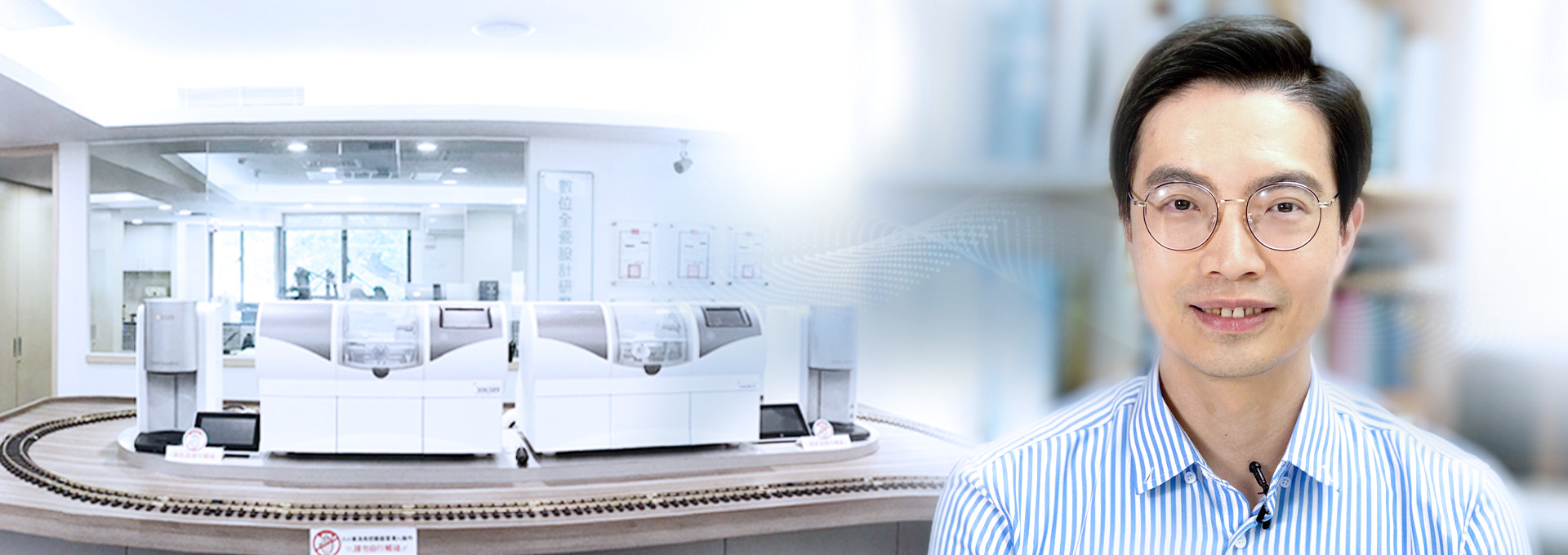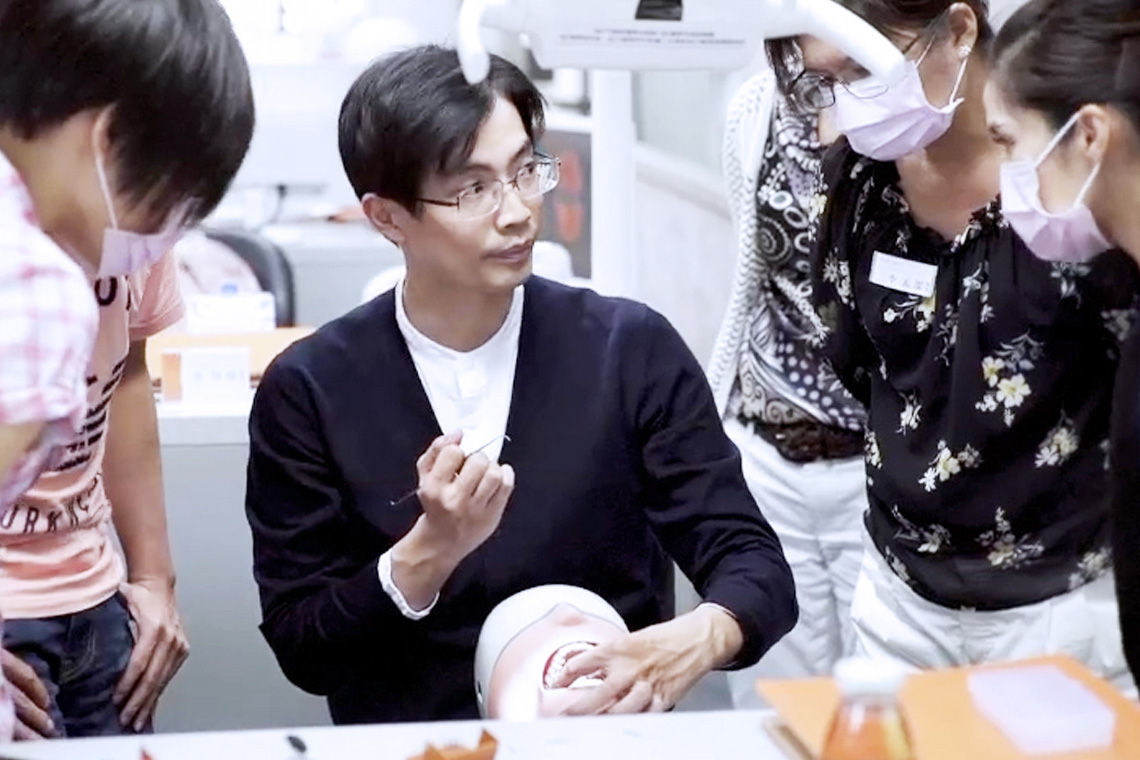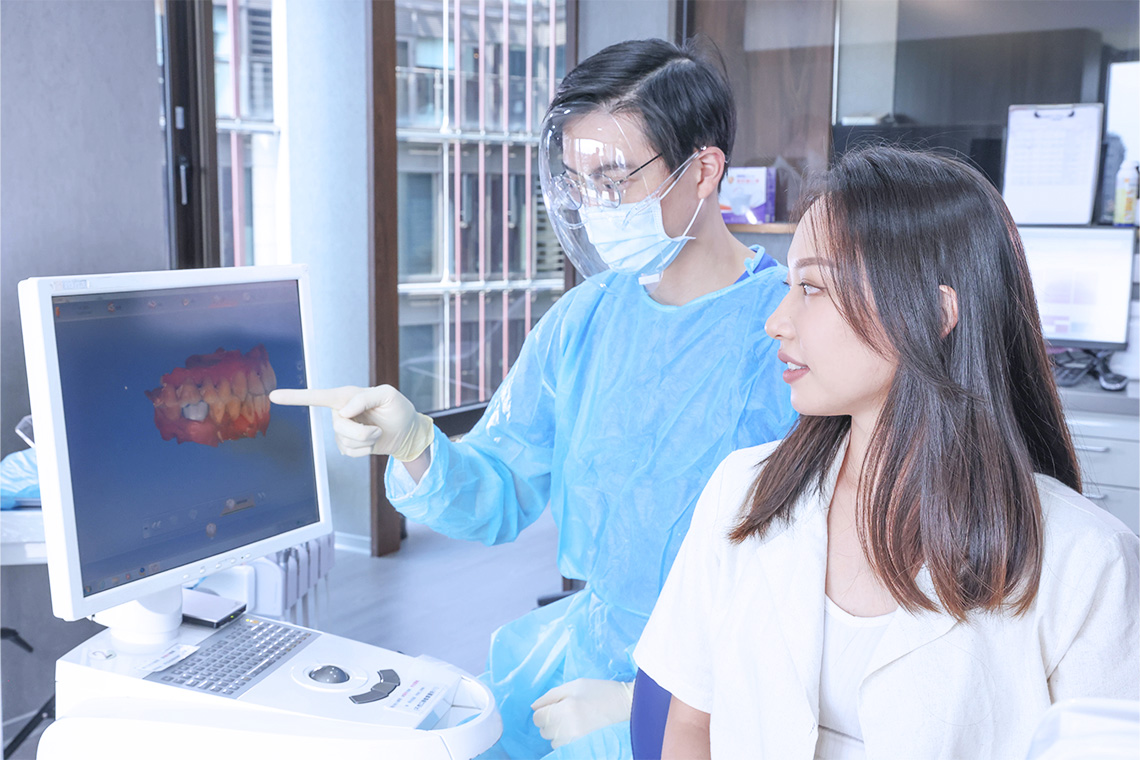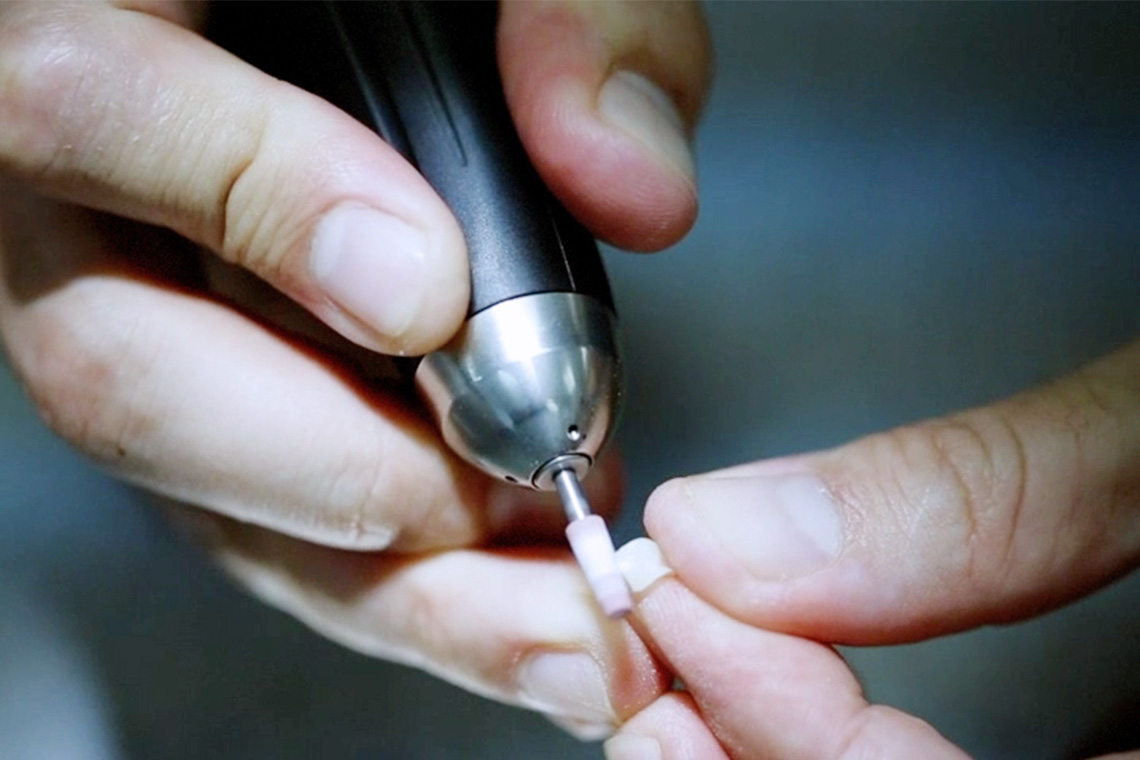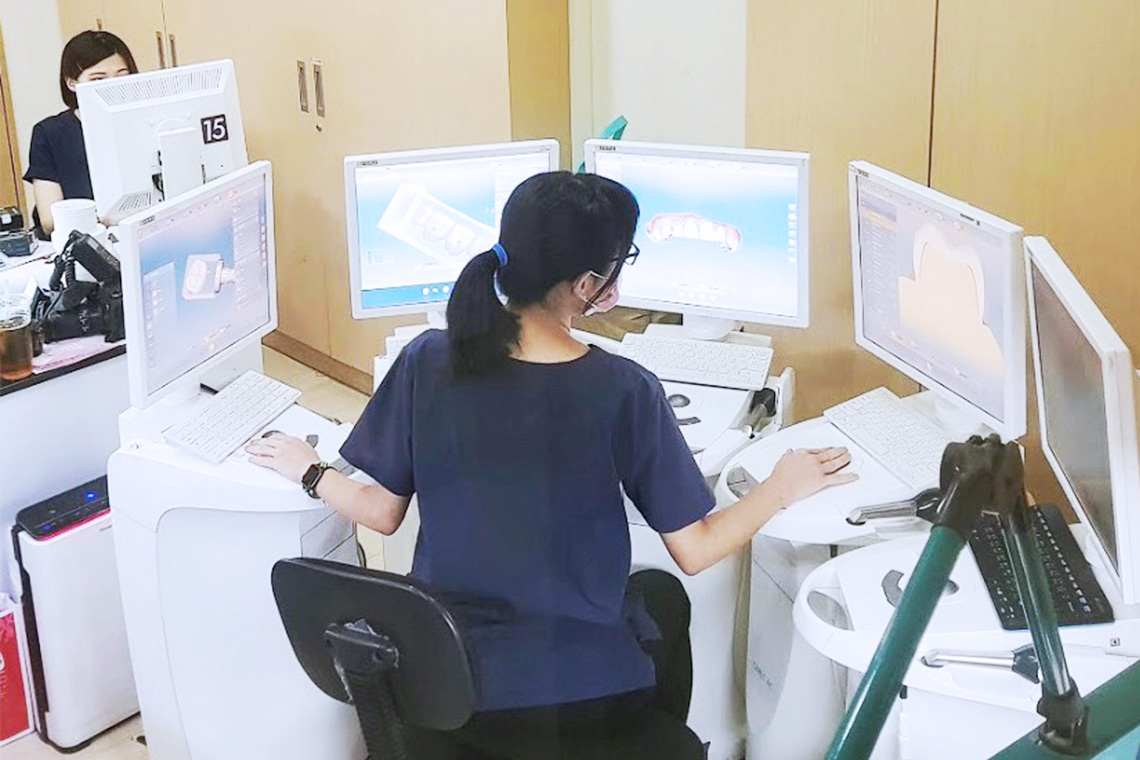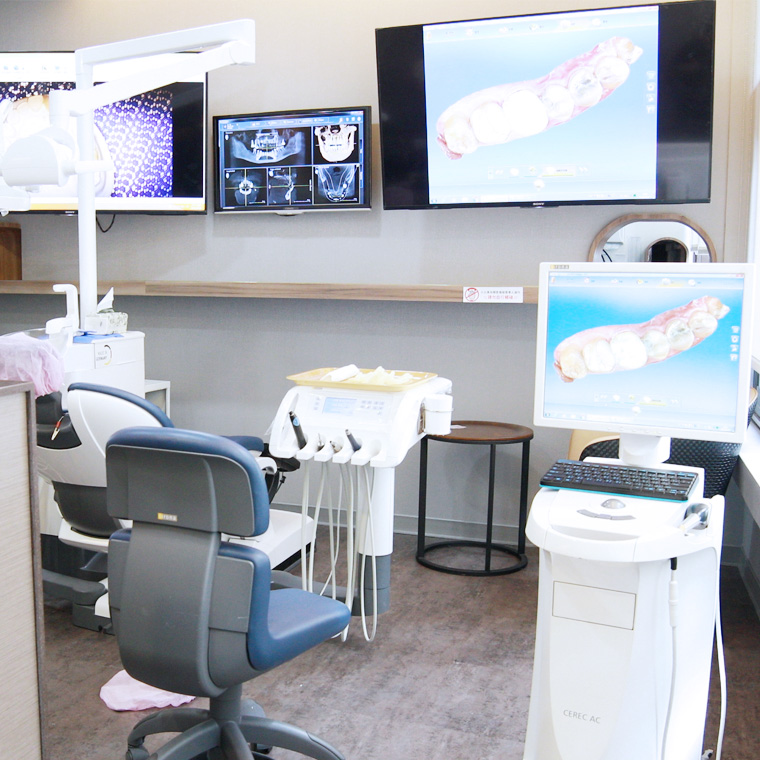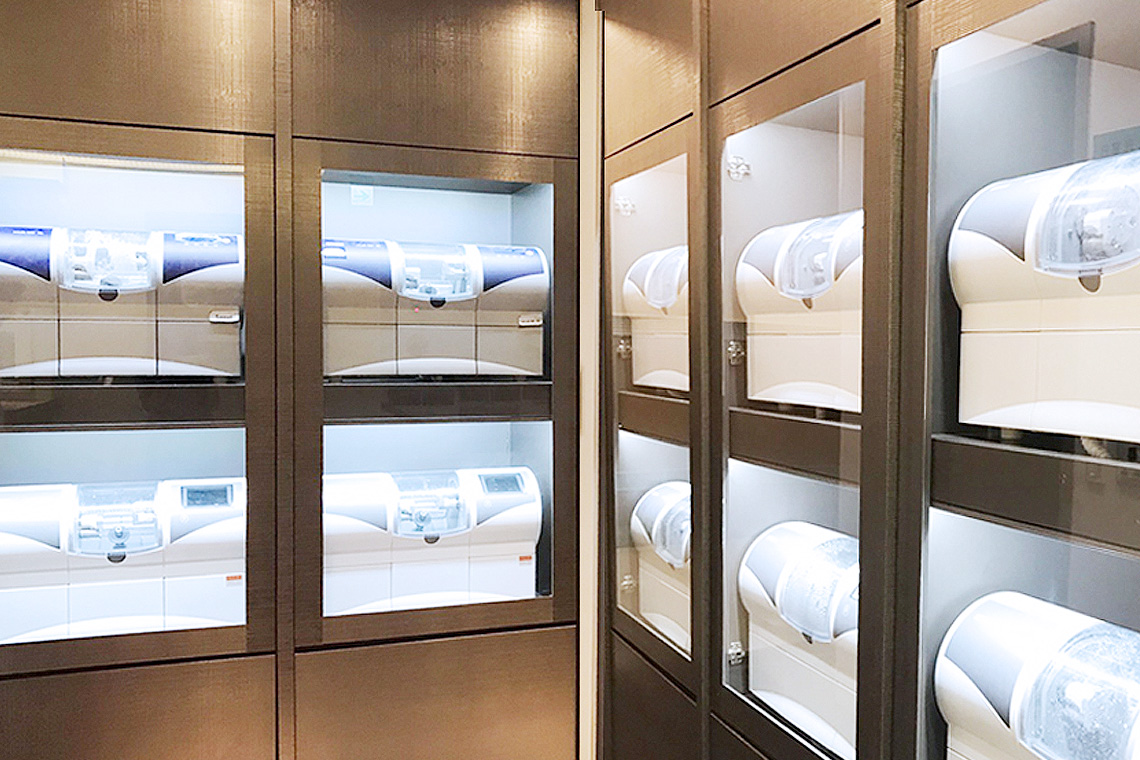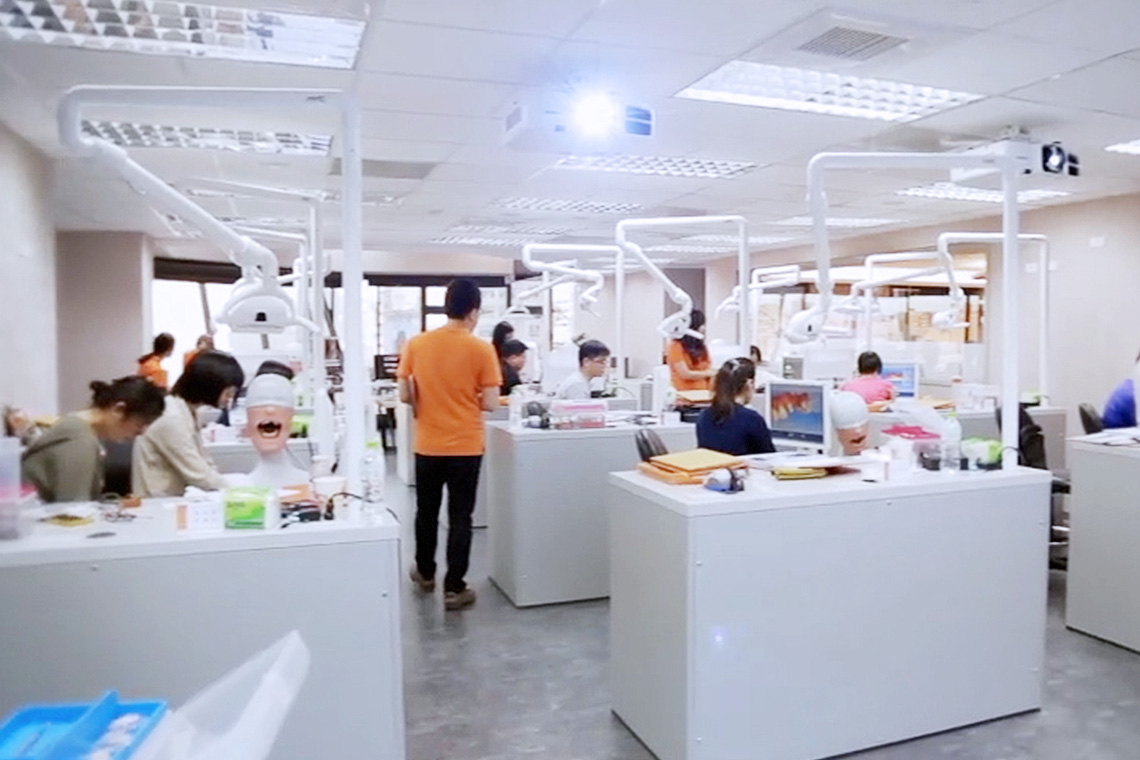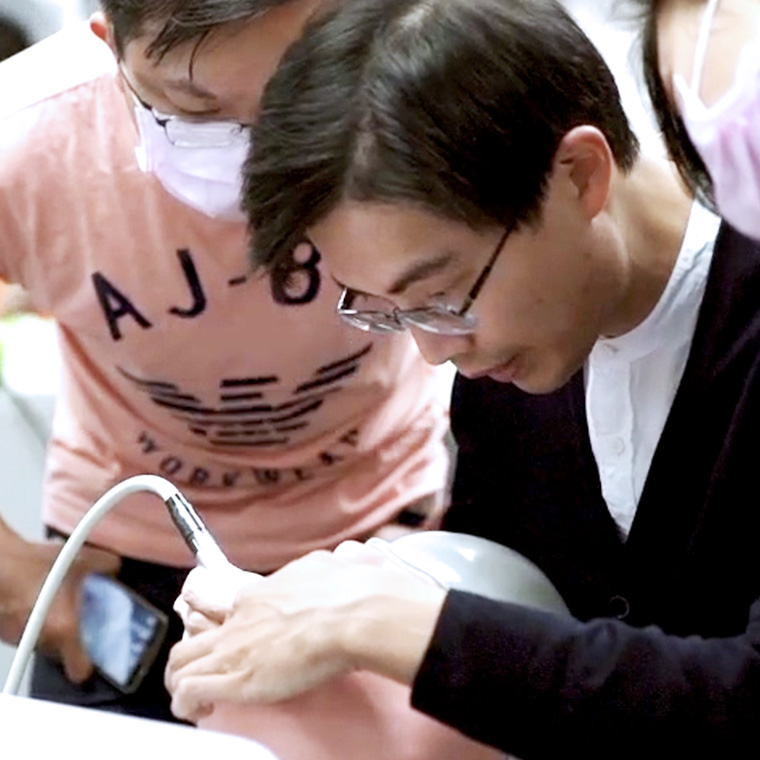Discover the success story of a dentist who has based the philosophy of his dental practice on CAD/CAM-fabricated feldspar ceramic restorations. Find out how VITABLOCS optimize his workflows and meet his high esthetic standards.
Originally, Dr. Michael Tsao wanted to be an engineer, but at 18, his father encouraged him to pursue a degree in dentistry. Once he had completed his training, which is highly regarded in Taiwan, he initially found his work as a dentist to be mundane, and wanted to do something else instead. “Repairs, fillings, root canal treatments, cleaning teeth ... surely that can’t be it?”, he thought to himself. Thankfully he soon made a discovery: CAD/CAM!

